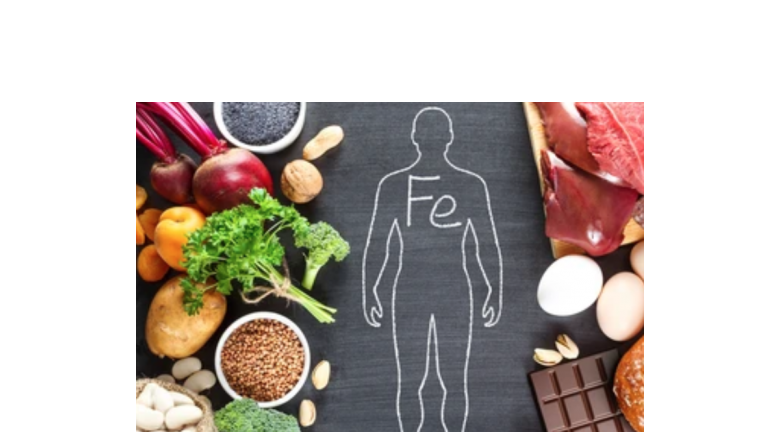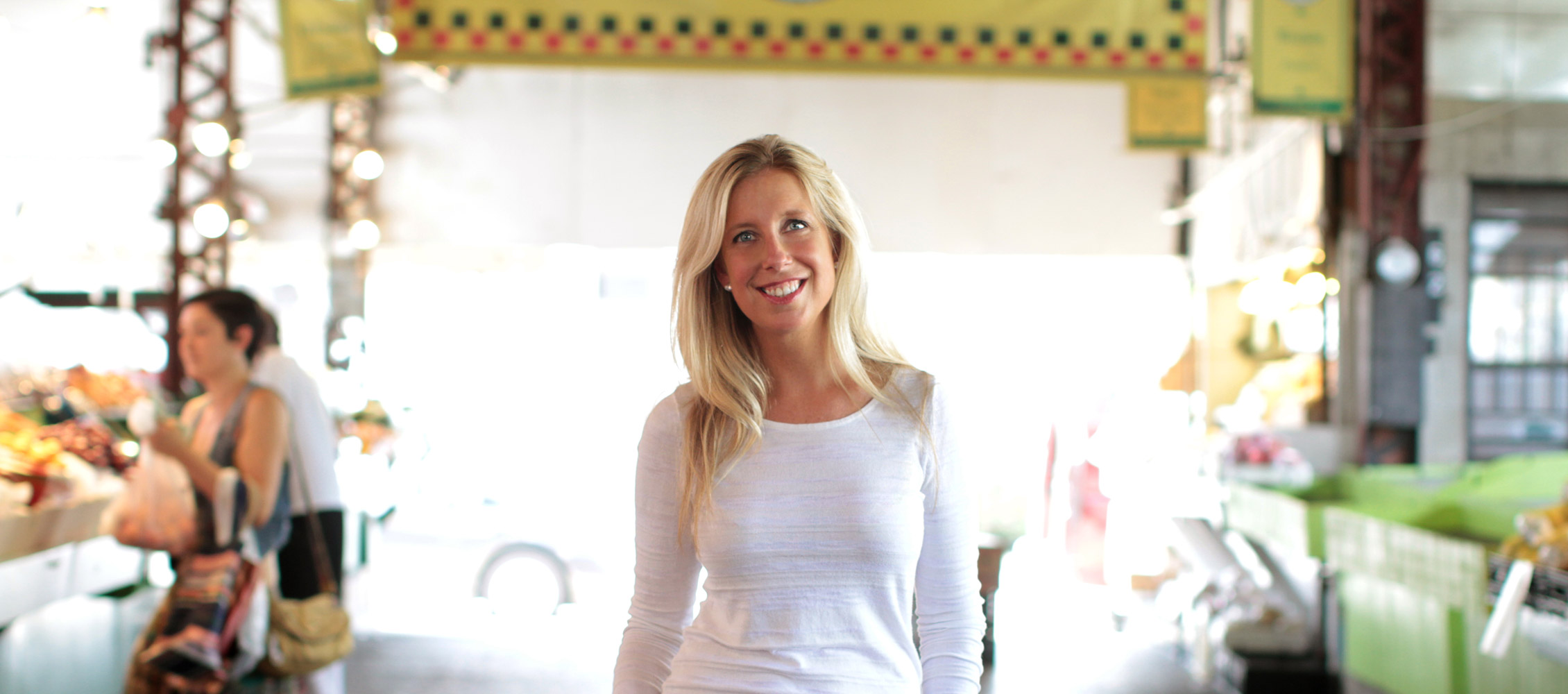TO HEME OR NOT TO HEME

There are two types of iron in the foods we eat: heme iron and non-heme iron. Heme - think hemoglobin, like blood. So, foods from animals have heme and plants have non-heme. Iron is an essential mineral (a metal) and its main job is to carry oxygen from our lungs to the rest of our body. Iron is also part of the enzymes that are essential for digestion and overall body health. Without enough iron, red blood cells are fewer and smaller, which means they’re not transporting sufficient oxygen where it needs to go. This makes for unhappy organs.
“According to the National Institutes of Health (NIH), the daily recommended amount of iron for adults is: 8 milligrams (mg) a day for men. 18 mg a day for premenopausal women. 8 mg a day for postmenopausal women”
You may have heard that our body has a difficult time absorbing iron from plants, thus people following a vegan / plant-based diet might be more susceptible to an iron deficiency. This is easily overcome by simply combining foods with vitamin C to foods that have iron and voila! we have super absorption, folks!
Superstar examples of vitamin C are papaya, broccoli, Brussels sprouts, kiwi, pineapple, citrus fruits (oranges, grapefruit, strawberries, lemon, lime) and cauliflower. Vitamin C is an ascorbic acid and acids increase the bioavailability of the iron. (psst! Antacids can inhibits absorption - just sayin’. ) In fact, this research study showed that by adding just 63 milligrams of vitamin C (the amount in ½ of a bell pepper or 1 small navel orange) to a meal, iron absorption from plant foods tripled. The takeaway:: Add them to your plate with some iron-rich foods on a daily basis!
Alternatively, both tannins (tea leaves, red grapes, chocolate, and coffee block) and calcium supplements reduce iron absorption by as much as 50%, so they should be consumed several hours before a meal that is high in iron.
Another win for team non-heme is that when we have reached the body’s limit on iron for the day, we simply excrete the extra. On the flip side, heme knows no bounds, and in fact, if we take in more heme iron than our body can use, it stores it and the risk for iron toxicity could threaten our health. Not to mention the increase risk of CVD and stroke.
“The risk has been quantified as a 27% increase in coronary heart disease risk for every one milligram of heme iron consumed daily.”
-NutritionFacts

CLICK HERE FOR MORE IRON RICH FOODS
I think you’ll love my new Greens+ Beans Soup that is packed with non-heme iron and topped off with lemon so your fabulous bod can soak up this precious little metal.
Or, if you want a no-cook way to get that boost of iron, check out this hummus!
Do you know about our STREAMING PLUS membership?
Our membership is built like a streaming service - you get a full library of plant-based cooking classes to watch whenever you want. PLUS, you gain access to upcoming interactive virtual cooking classes and a monthly accountability group call.
As a member you get:
-
Complete library of all past virtual classes - stream them whenever you’d like!
-
Free access to upcoming virtual classes
-
Library of easy and quick recipes: 100 and growing
-
Access to private Facebook group
-
Monthly accountability check-in and support group Zoom call with Caryn
-
Quarterly “Ask the Doc” call with Dr. Jim Loomis, our Medical Director
-
20% off all virtual multi-week programming
-
A community of support
To learn more, please visit us here.

